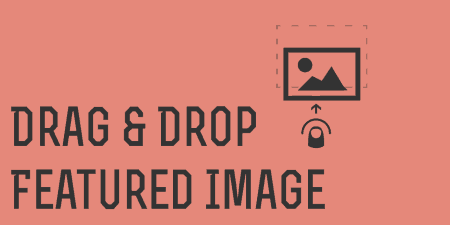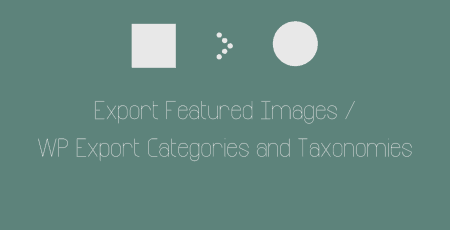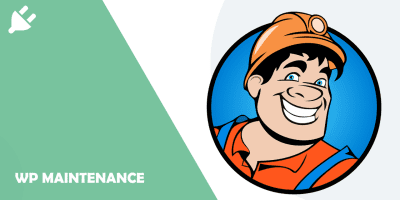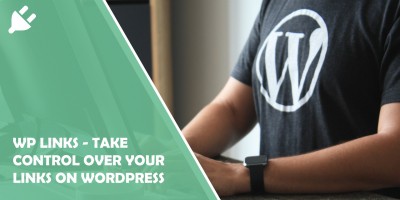If you're using the WordPress featured images feature, there might be a couple of reasons…
Require Featured Image is one of the simplest plugins out there. It’s great for multi-author blogs that need to make sure featured images are added to every post, a common problem.
What’s it Do?
Require Featured Image ensures that before a post is published, a featured image is added to a post. If one of your authors has not yet added a featured image, then there will be a warning bar at the top telling them that one must be uploaded, and the “Publish” button will be disabled. After a post thumbnail is added, this warning will go away and the publish button is enabled. By default, this works automatically for posts. But using the settings section, you can enable this for posts, pages, and custom post types. There are a lot of blogs out there that need featured images for their theme to look right, but authors sometimes forget. This ensures that they won’t.
How’s it Work?
After you install and activate the plugin, featured images will automatically be required on all new posts before they can be published. But to configure the plugin go to Settings -> Req Featured Image. There is only one option, “Post Types that require featured images” with a list of post types (including custom ones), each with a checkbox next to it. Simply check off the boxes where you want to enable the plugin’s functionality.

Your one option
After it has been enabled, you can see it in action by creating a new post. You will see at the top of the post a warning bar marked in red that reads “This entry has no featured image. Please set one. You need to set a featured image before publishing.” The “Publish” button will also be disabled, so all users can do is save a draft. Only after a featured image is uploaded will this warning be removed and the publish button will be enabled.

The warning
And that’s it. If you ever want to switch off the functionality of this plugin, you simply have to deactivate the plugin.
Costs, Caveats, Etc.
Require Featured Image is completely free and well maintained, localized in many different languages. If you are having a problem with the plugin, you can visit the support forums for help from the developer.






